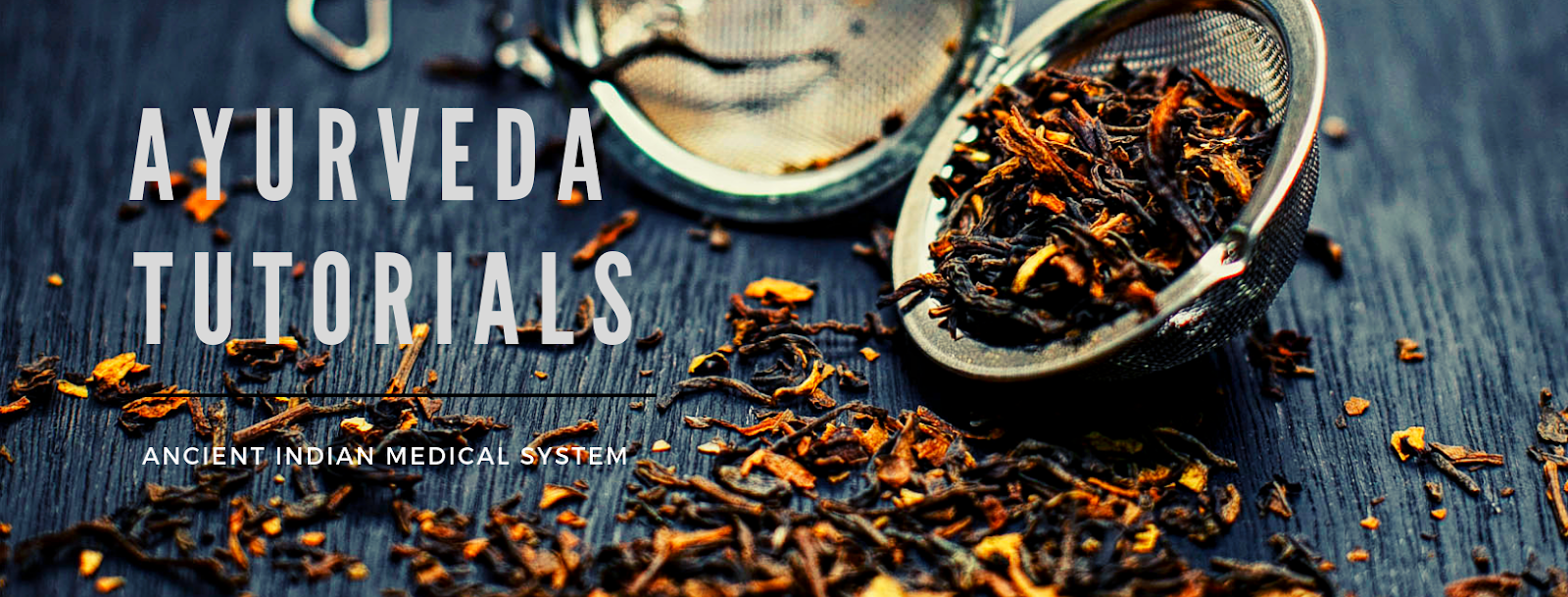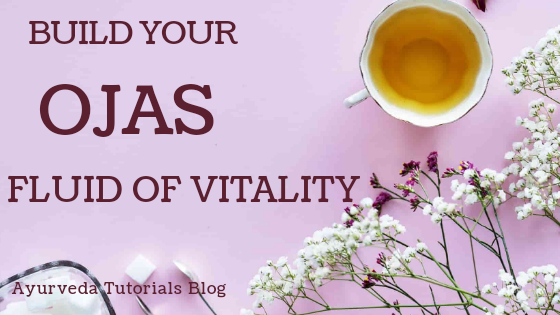In Ayurveda, there are seven dhatus or bodily tissues that hold and contain structure of the organs. They give shape and form to the body.
They are: plasma, blood, muscles, fat, bones, bone marrow and reproductive system.
Each dhatu is developed or transformed out of the previous tissue layer.
Plasma is transformed into blood, blood prepares muscles, muscles produce fat, fat is used to make bones, bones form marrow and marrow produces reproductive system.
Since dhatus support and derive from each other, affecting one can influence the other.
What Is Ojas?
Ojas is the end product of digestion and transformation trough the seven dhatus. It is the essence of all the body tissues and it is created when the last tissue, shukra dhatu (reproductive system) is properly formed. It is considered as the supreme refinement of all dhatus.
It is representative of the characteristics of all seven dhatus and as such should not be considered as the eighth dhatu.
Ojas is produced only when all dhatus are healthy and functional. It cannot be seen or compared to any elements in the body.
Just as ghee is refined from butter, which is refined from cream, which is refined from milk, so Ojas is refined from progressive transformations of our bodily tissues.
It is responsible for physical and mental strength, inner and outer beauty, strong immunity, vitality, overall health and energy.
Ojas is comparable to the concept of the immune system in modern medicine.
Some authorities believe Ojas is a combination of eight different drops of liquid, secreted from the pineal gland. It can be described as the final essence of Kapha dosha.
Ojas is considered the purest form of all tissues.
Fluid of vitality is divided into two types: Para Ojas and Apara Ojas.
Para ojas is located in the heart. It controls the mind and its loss leads to death. Apara ojas nourishes all the dhatus and it is located all over the body.
Ojas protects all dhatus and its properties are similar to Kapha dosha.
It is decreased by: drugs, unhealthy food, excessive sexual activities, loud music, too much talking, insufficient rest, excess intake of pungent, bitter or salty taste.
Signs of diminished Ojas are fear, worry, sensory organ pain, poor complexion, cheerlessness, anger, immune system disorders and easily contracting diseases.
A person who is spiritual, eats sattvic food (almonds, rice, milk, buttermilk, ghee, dates, honey, seasonal fruit and vegetables, nuts, seeds, mild spices, no meat, no fish, no eggs) and with good control of mind has more Ojas.
Before giving herbs like Amlaki, Ashwagandha, Punarnava, Bringhraj, Shilajit or Shatavari to increase Ojas, Ayurvedic physicians must ensure there is no Ama present in the patient's body.
Author: Ayurveda Tutorials
Related articles:
Chyawanprash - Everything You Need To Know


No comments:
Post a Comment